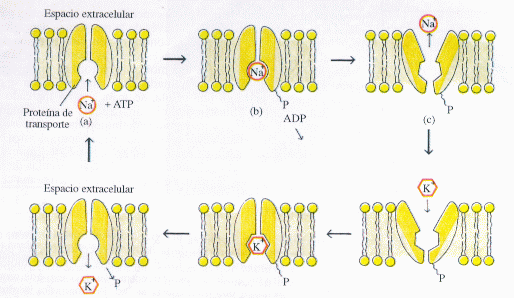Class: 7
Date: march 5 / 10
Item: osmosis
Osmosis
Is when nutrients or ions enter and leave; but the cell don’t spend energy.
The osmosis occurs for the concentration has been equals inside and outside of the cell.
The osmosis occurs in presence to a cell membrane.
Class: 8
Date: 09/03/10
Item: diffusion process and active transport
Diffusion
Is the spontaneous movement of particles from an area of high concentration to and are of low concentration.
Active transport:
Is when the cell spends energy, to transport molecules across the membrane, there are two types of passive transport endocytosis and exocytosis. Is when the cell enters as water and nutrient substances.
Endo= adentro
There are two types of endocytosis
1. Phagocytosis 2. Pinocytosis}
Phagocytosis: is the entry of nutrients through the membrane with energy spent.
Pinocytosis: the entry water into the cell, the membrane invaginates and forms a vacuole that waters enter in to the cell.
Exocytosis: the output of waste outside the cell in this process the cell spends energy.

 sábado, 13 de marzo de 2010
sábado, 13 de marzo de 2010